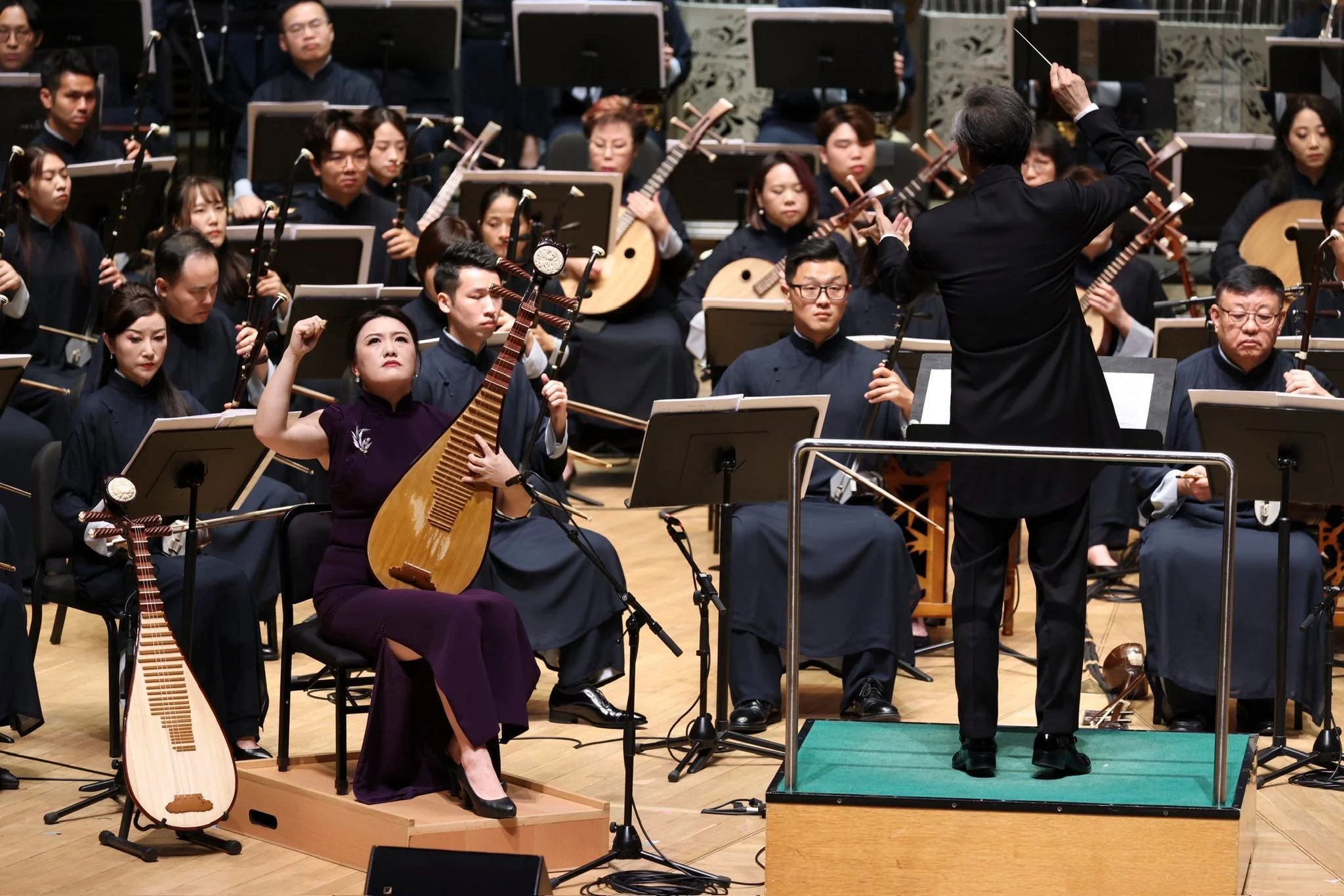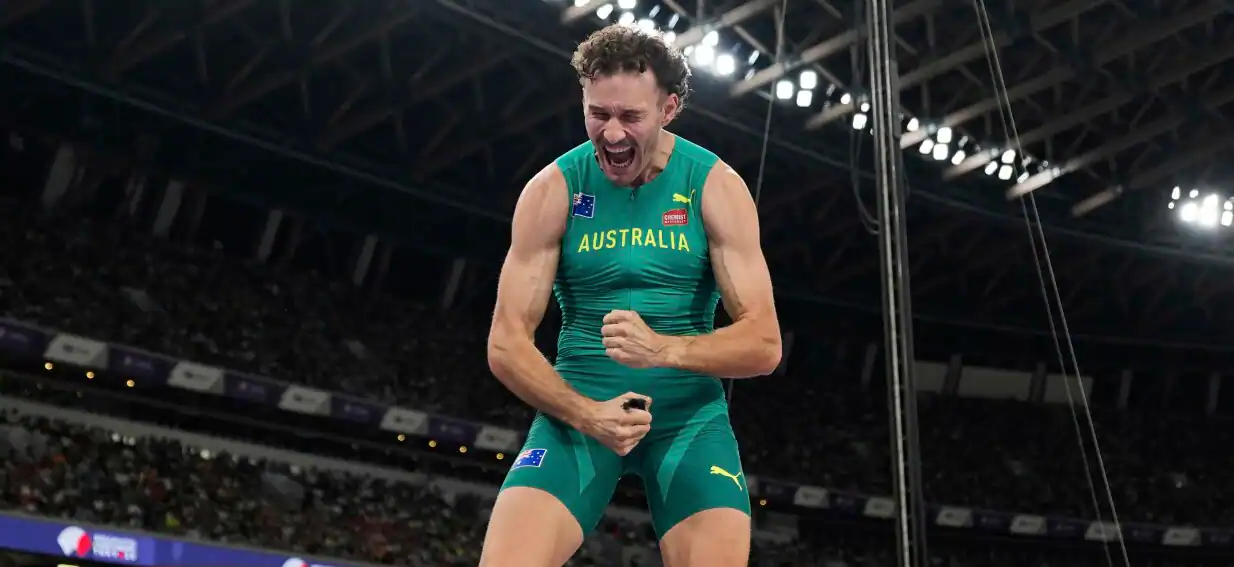By Jimmy Shiu
Copyright scmp

The Hong Kong Chinese Orchestra opened its new season on September 12 and 13 with “Silken Notes of the Pipa”, a concert that showcased the various iterations of the musical instrument as well as how it transcended geographical and cultural borders along the ancient Silk Road.
Using a large plectrum, guest soloist Akiko Kubota showed her mastery of the Japanese satsuma-biwa, creating an array of distinctive sounds by plucking and rubbing the strings. The chosen piece, “Heart of the Ocean”, is a prime example of the cultural fusion of instrumental music along the eastern Maritime Silk Road.
The five-string pipa, from India, was popular during the Tang dynasty (618-907) but disappeared by the Song dynasty (960-1279) in China. The modernised replica, which has a darker timbre, was skilfully played by Fang Jinlong in concert.
Looking west, there was the oud played delicately by Giannis Koutis from Cyprus. This instrument, which originates from Persia, sounds closer to the lute and guitar than to its East Asian counterparts.
The Nanyin pipa – performed by soloist Wong Yui-kiu – completed this “family gathering of pear-shaped instruments”.
The concert was a sonic feast: the shell horn and the Tibetan horn evoked images of the sea and high ground, while the guqin by soloist Wang Youdi and shakuhachi by soloist Sun Yongzhi transported the audience to ancient China and Edo-period Japan, respectively.
It was also fascinating to hear the Chinese guan and the Armenian duduk, two distantly connected reed instruments, sharing the stage.
Other colourful sounds in the concert included the whirly tubes with their charming whistling tones, an African talking drum and a vibrant jiangu – a huge red drum about the same height as basketball legend Yao Ming.
“Silken Notes of the Pipa” was curated by Hong Kong composer Chan Ming-chi, who obtained his doctoral degree, specialising in ethnic instruments and modern composition, in Japan. One way he was able to bring those instruments together was by identifying a common performance practice – namely, the spirit of improvisation. Chan also looked beyond the instruments to the evolution of music in general.
It worked out well – the result was a showcase of a wide range of music styles. For instance, the guqin has an erudite origin, unlike that of the duduk, which is very much a folk instrument.
Staging such a grand show came with its challenges. One thing that drew my attention was the amplification: many of the instruments were not designed to share the stage with a huge orchestra.
While the sound of popping and accidental microphone collisions is not pleasing to the ear, I found it just as hard to bear the unnatural enhancement of soft-sounding instruments like the guqin. The string-rubbing sounds, for example, are best appreciated when they are subtle. Having said that, this is more than a sound-balance issue – it is a balance between aesthetics and practicability.
One highlight was the performance by Zhang Ying, the troupe’s principal pipa. Her rendition of “King Chu Doffs His Armour” was immensely energetic, technically impeccable and intensely dramatic.
She vividly portrayed Chinese warlord Xiang Yu’s tragic defeat: after striking the last chord, and as the sound of the orchestra faded, Zhang remained motionless in a deep bow for 10 seconds, creating a magical moment.
“Silken Notes of the Pipa”, Hong Kong Chinese Orchestra, Hong Kong Cultural Centre Concert Hall. Reviewed: September 12



